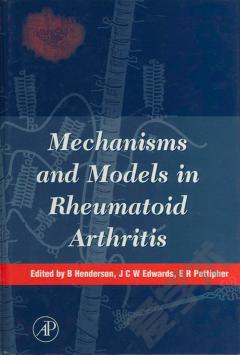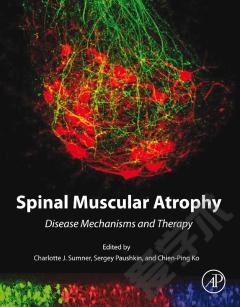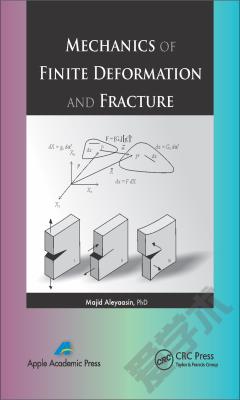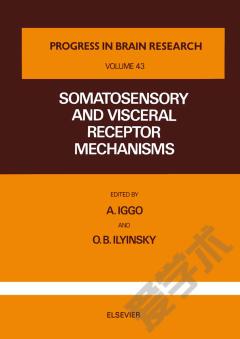Mechanisms and Models in Rheumatoid Arthritis
Rheumatoid arthritis is a bewilderingly complex disease involving the interactions of many, and varied, cell populations and multiple families of low and high molecular mass mediators. We are only slowly beginning to understand the mechanisms that produce the local and systematic pathology clinically recognized as rheumatoid arthritis. Increasingly, use is being made of experimental models of this disease in an effort to test hypotheses about putative pathological mechanisms and to investigate the effect of novel therapeutic agents. A major section of this book covers these experimental models in great detail from their development through to reviews of the most recent information on each model.Mechanisms and Models in Rheumatoid Arthritis brings together a group of eminent researchers from the fields of clinical rheumatology, pathology, experimental pathology, immunology, connective tissue biochemistry, microbiology, pharmacology and developmental biology to describe the current views of the cellular and humoral mechanisms that drive the pathology of rheumatoid arthritis and experimental models of rheumatoid arthritis.Key Features:* The book is divided into five sections:* The clinical spectrum, aetiopathogenesis, the role of microbial superantigens in pathology and the present and future therapies for rheumatoid arthritis* The pathology of rheumatoid arthritis, the development and role of synovial pannus and the use of immunohistochemistry in defining synovial pathology* Cell populations involved in synovitis with chapters on synovial cells, chondrocytes, bone cells, leukocytes and leukocyte trafficking* Mediators, with coverage of: cytokines and cytokine inhibitors, growth factors, free radicals and inflammatory lipid mediators, neuropeptides and proteases* Current studies on experimental models of rheumatoid arthritis
{{comment.content}}








 京公网安备 11010802027623号
京公网安备 11010802027623号